Support
 Blank Field Detection
Blank Field Detection
Scan Mode
Information in this article applies to:
- uScope Navigator V4.6 and Later
Article ID: NSC1059 — Created: 7 Dec 2020 — Reviewed: 7 Dec 2020
Symptom
When scanning a region of interest, uScope Navigator v4.5 and earlier requires more time to capture white (blank) fields than to capture fields with tissue.
uScope Navigator v4.6
Starting with uScope Navigator v4.6 blank fields are detected in the following situations:
- When using the Predictive Focus or Predictive Stack Focus Methods, blank prediction fields are ignored when collection prediction points. This often speeds up prediction point acquisition and typically improves the overall focus of the scanned region of interest.
Cause
White (or blank) fields present a focus challenge for all whole slide scanners. The reason has to do with the way focus algorithms determine whether or not a field is in focus.
Most focus algorithms rely on the contrast difference between adjacent pixels to create a focus score. The higher the score, the better the focus (or the more pixels are in focus).
Focus algorithms (like exhaustive focus) compare the focus score created for each image in a stack of images captured for a field. The image with the best (highest) score is the best focused and is, therefore, the one included in the scanned region.
Blank fields have little or no content. As a consequence, their focus scores are consistent no matter the focus position. And, they do not converge on a best-focused image. So, the focus algorithm must spend more time looking for a well-focused image before ultimately giving up.
Resolution
Blank Field Detection (available in uScope Navigator v4.6 and later) enables the uScope whole slide scanner to quickly detect and scan blank fields. This patented technique happens faster than normal field acquisition and increases the speed of scanning—especially for regions that include large, blank areas.
Several types of prepared slides benefit from blank field detection:
- Some tissue samples (like pathology sections) are irregularly shaped and surrounded by blank areas that must be scanned (in addition to the specimen).
- Tissue Microarray (TMA) slides contain a number of cores that are separated by large blank areas of the slide.
Blank field detection is performed for all focus methods. But, the greatest benefit is observed for exhaustive stack and fast stack focus methods.
Related Articles
- Poor Stitching on All Scans
Whole Scan Images - Images for Scan Columns 1 & 2 Do Not Overlap Correctly
Scan Mode - Multi-Region/Angle/Layer Job Folder Structure
Scan Mode